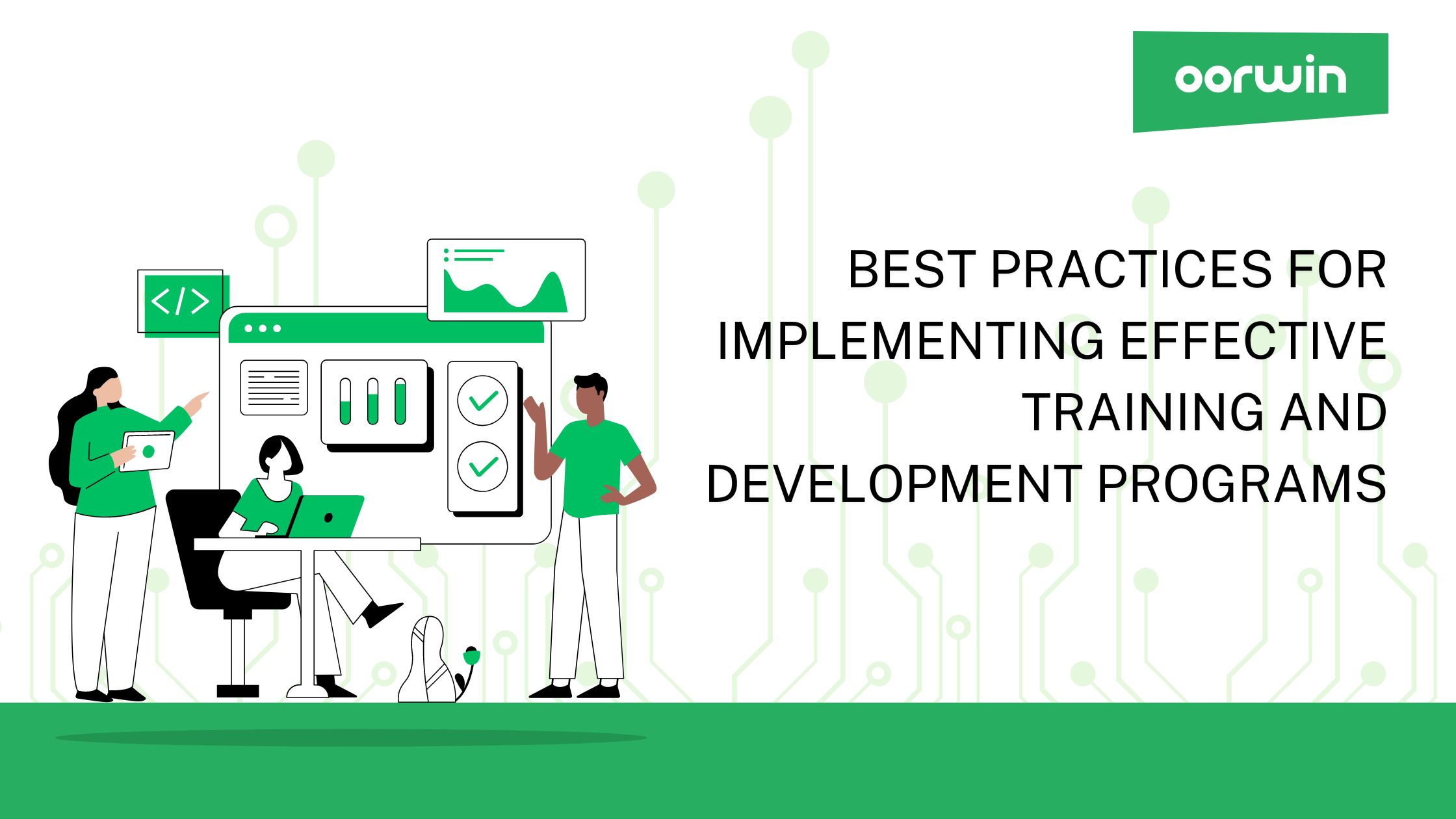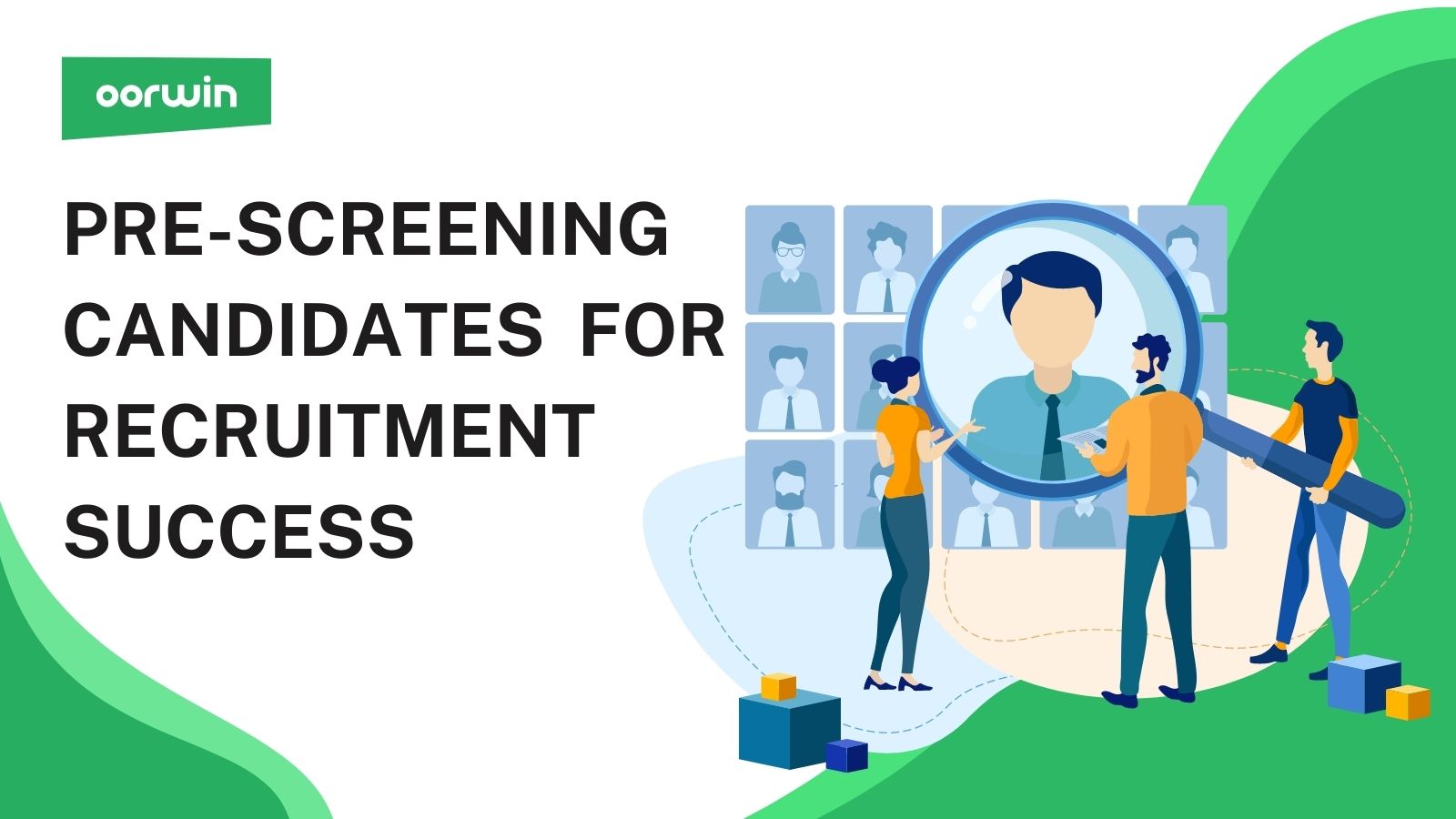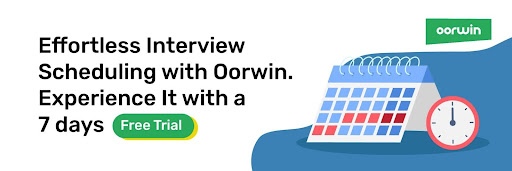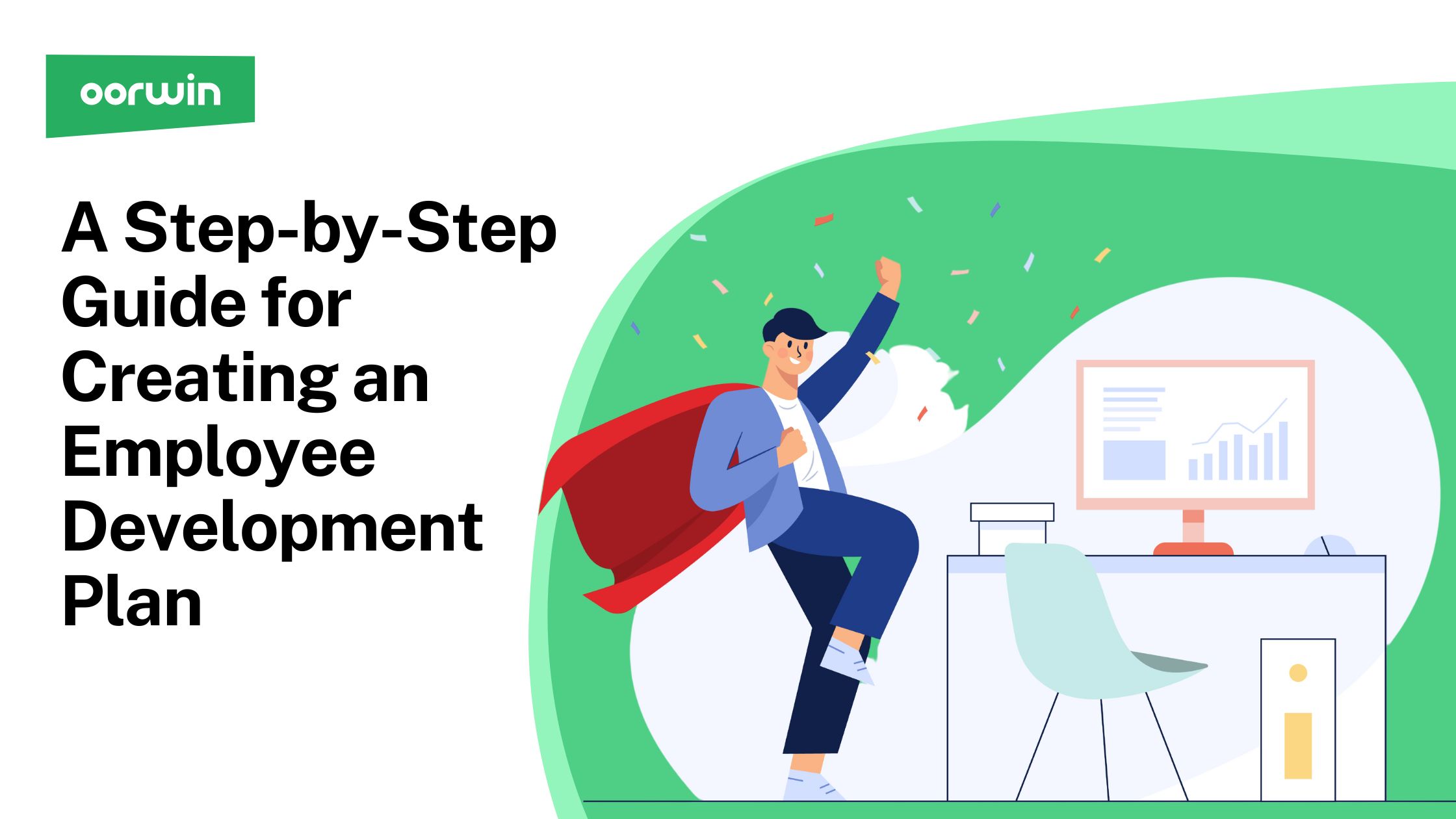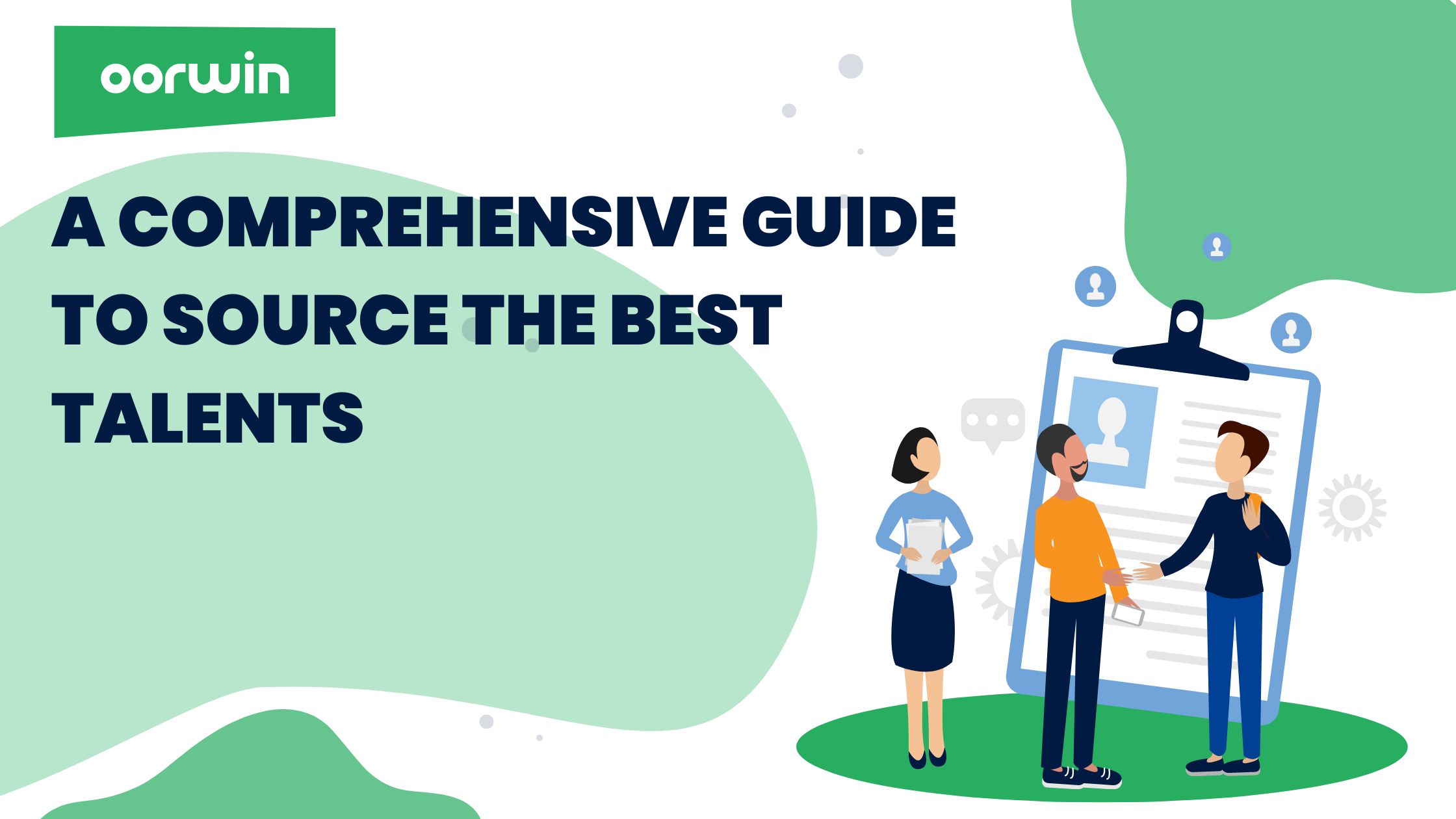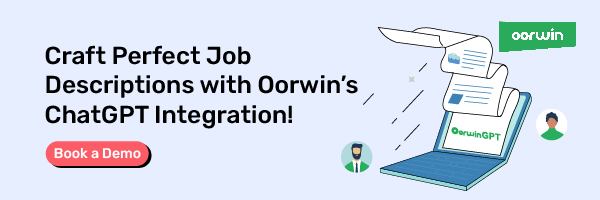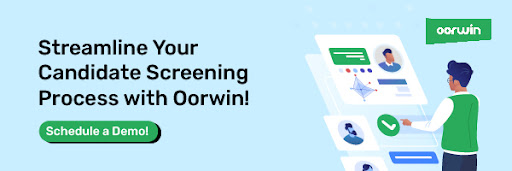What are Performance Appraisal Methods for Effective HRM
HR professionals often seek the most effective performance appraisal methods to ensure a productive and harmonious workplace. Implementing the right performance appraisal methods in HRM is crucial for organizations aiming to align their workforce with strategic goals while fostering professional development.
Organizations use a performance appraisal in the HRM process to evaluate and assess an employee’s performance over a specific period. It involves measuring various factors such as productivity, quality of work, communication skills, teamwork, and other job-related skills. The primary purpose of an effective performance appraisal is to provide feedback to employees to help them improve their performance and contribute more effectively to the organization’s goals and objectives.
What is Performance Appraisal?
A performance appraisal is a formal process by employers to assess an employee’s job performance and contributions within a specific period. It involves a subjective assessment of an employee’s strengths, weaknesses, value to the organization, and potential for future development. The appraisal often influences promotions, salary adjustments, training opportunities, and overall employee development decisions.
The Aim of an Effective Performance Appraisal in HRM
Performance appraisal in HRM is a crucial human resource management (HRM) process that aims to evaluate and analyze an employee’s performance and productivity within a specific timeframe. Some of them are-:
- Facilitate informed decisions on transfers, promotions, terminations, and other personnel changes.
- Provide essential insights to identify training needs and development programs for employees.
- Assist in confirming or accepting employees who have completed a probationary period.
- Aid in decisions regarding salary increases, incentives, or adjustments to variable pay for employees.
- Enhance communication and clarify expectations between managers and subordinates.
- Support employees in achieving their maximum performance potential.
- Gather pertinent employee data and maintain records for future organizational use.
How Effective Performance Appraisal Methods Benefit Organizations
Employee evaluations can influence an organization’s performance. They give organizations knowledge on how workers are contributing and allow them to:
- Determine how management may enhance working circumstances to boost output and the caliber of the work produced.
- Before they have an impact on departmental productivity, deal with behavioral difficulties.
- Recognizing employees’ abilities through various performance appraisal methods will motivate them to give more.
- Encourage the professional and skill development of staff through effective performance appraisal practices.
- When necessary, enhance strategic decision-making for internal hiring, succession planning, or layoffs.
Benefits of Performance Appraisal in HRM
Here is a list of advantages that performance appraisals bring to the table:
- Enable supervisors to strategize promotions for high-performing employees and address underperformers.
- Aid in determining optimal compensation and additional benefits using performance records.
- Identify employee weaknesses, facilitating in-house training initiatives.
- Influence changes in the hiring process to recruit more qualified candidates.
- Effectively communicate performance status and offer constructive feedback.
- Serve as a motivational tool by providing an efficiency overview, encouraging improved performance.
12 Useful Performance Appraisal Methods For HR Professionals
Here are some of the most popular performance appraisal tools organizations can use to evaluate their employees’ performance.
Management By Objective
Management by objective (MBO) is a performance appraisal method that involves setting specific, measurable, and achievable employee goals. The employees and their managers jointly set these objectives at the beginning of a performance cycle. The employees then work towards achieving these goals throughout the year, and their performance is evaluated based on how well they meet these objectives.
MBO is an effective performance appraisal tool because it provides clarity and focuses on what is expected of the employees. It helps align individual goals with the company’s objectives and enhances employees’ motivation and engagement.
Behaviourally Anchored Rating Scale (BARS)
The Behaviourally Anchored Rating Scale (BARS) is a performance appraisal method that combines traditional rating scales and critical incident methods. BARS involves defining specific behaviors required for successful job performance and rating employees’ performance against these behaviors.
BARS is another effective performance appraisal method because it provides a clear and specific evaluation of employees’ performance, making it easier for them to understand their strengths and weaknesses. Additionally, BARS are less susceptible to bias since it is based on specific behaviors and not just general impressions.
360 Degree Feedback
360-degree feedback is a performance appraisal method that gathers feedback from multiple sources, including employees, supervisors, peers, and subordinates. The feedback is usually collected through questionnaires, and the employees receive a report highlighting their strengths and areas for improvement.
360-degree feedback is an effective performance appraisal method because it provides a comprehensive and well-rounded evaluation of employees’ performance. It also helps in identifying blind spots and areas for improvement that may not be apparent to the employees themselves. You could say that this method doubles what and provides the 720-degree feedback method, which collects information not only from within the organization but also from the outside, from customers, investors, suppliers, and other financial-related groups.
Forced Distribution Technique
The Forced Distribution Technique is a performance appraisal tool that assigns employees to predetermined categories based on performance. The categories are usually top performers, average performers, and low performers. The distribution of employees across these categories is predetermined, and managers must place employees into these categories based on their performance.
The Forced Distribution Technique is an effective performance appraisal method because it helps identify top and low performers, making it easier to identify high-potential employees and those who need improvement. However, this method can demotivate employees, especially if forced into a low-performance category due to the predetermined distribution.
Psychological Appraisal
A psychological appraisal is a performance appraisal tool that involves assessing employees’ personality traits, attitudes, values, and interests to determine how well they fit into their job roles. This method can include interviews, questionnaires, and other psychological assessments.
A psychological appraisal is an effective performance appraisal method because it provides insights into employees’ motivations and behaviors, helping identify their strengths and weaknesses. However, this method requires trained professionals to conduct the assessments, making it more expensive and time-consuming than other performance appraisal methods.
Human Resource Accounting Method
HRA involves measuring the value of an employee’s skills, knowledge, and potential contributions to the organization as assets. This appraisal method can assist companies in identifying the strengths and weaknesses of their employees, providing feedback for improvement, and making strategic decisions regarding human resources management. By valuing employees as assets, the HRA method helps organizations evaluate their return on investment and improve overall organizational performance.
Project Evaluation Review
Project Evaluation Review (PER) is a performance appraisal method that assesses an employee’s contribution to a project. This method involves analyzing the employee’s performance based on the project’s objectives, tasks, and outcomes. The PER method helps identify improvement areas and recognize the employee’s achievements and contributions to the project’s success.
Critical Incident Method
The Critical Incident Method involves documenting and analyzing specific instances or events that significantly represent an employee’s performance. Managers keep a record of these incidents, both positive and negative, as they occur. During the appraisal, these incidents are discussed to provide a clear and detailed picture of the employee’s performance over the period.
Assessment Center Method
The Assessment Center Method involves various exercises at a designated company center, incorporating computer simulations, discussions, role-playing, and similar methods. Employees undergo evaluation based on their communication skills, confidence, emotional intelligence, mental sharpness, and administrative capabilities. Observers assess the proceedings and subsequently evaluate the employee’s performance upon completion.
Ranking Method
The Ranking Method is a straightforward approach where employees are ranked according to their performance relative to others within the same department or team. This method helps create a hierarchy of performance, from the highest to the lowest, allowing organizations to quickly identify their top and bottom performers.
Graphic Rating Scale
The Graphic Rating Scale method uses a standardized scale to rate employees on various traits and attributes such as leadership, teamwork, communication, and punctuality. A value is assigned to each trait on the scale, quantitatively measuring the employee’s performance. It allows for an easy and fast assessment of a potential employee’s capabilities.
Incorporating these performance appraisal methods into the evaluation process ensures a more nuanced and comprehensive approach to employee assessment. By tailoring the methods to the organization’s unique needs, HR professionals can effectively drive employee growth and organizational success.
Customer/Client Reviews
This approach is most suitable for employees involved in delivering services to customers. Managers actively seek feedback from clients and customers, specifically regarding their perception of the employee and, consequently, the overall impression of the business.
What is the Appropriate Timing for Conducting a Performance Appraisal?
Performance appraisals should regularly assess an employee’s job performance and contributions. Effective performance appraisal processes typically occur within a specific period and involve reviewing goals, objectives, skills, and accomplishments. The timing and frequency of these appraisals may vary depending on the organization’s policies and the specific performance appraisal methods employed.
For instance, some organizations prefer conducting performance appraisals such as 360-degree feedback or Management By Objective (MBO) semi-annually or annually. These methods provide a comprehensive and well-rounded evaluation, allowing ample time for employees to demonstrate progress and improvement.
On the other hand, methods like the Critical Incident Method may require more frequent assessments as incidents occur, ensuring timely feedback and course correction.
Regardless of the method used, performance appraisals are generally scheduled periodically to provide feedback, identify areas for improvement, and make decisions regarding promotions, salary adjustments, and employee development. By strategically timing these appraisals, organizations can ensure that performance appraisal methods in HRM are effectively contributing to both employee growth and organizational success.
Limitations of Conducting Performance Appraisal
- Distinguishing between individual and organizational performance presents challenges in performance evaluations, potentially undermining the evaluation’s effectiveness if not aligned with the company’s culture.
- Setting unrealistic goals in performance appraisals can demotivate employees or encourage unethical behavior.
- Apprehension or distrust of appraisals can strain relationships between supervisors and subordinates, leading to biased employee input to appease employers.
- Some analysts note a decline in the use of merit- and performance-based pay due to reliance on performance reviews.
- Biased evaluations may occur when performance reviews prioritize likability over actual accomplishments.
- Unreliable raters can introduce biases favoring specific traits or their personal preferences, leading to inflated ratings for underperforming employees.
- The effectiveness of performance appraisal in HRM may vary across different cultures or job functions, rendering some assessment methods less applicable in certain contexts.
4 Top Performance Appraisal Tools in 2023
Performance appraisal tools have evolved into a fundamental tool for businesses, regardless of size, enabling them to give their employees essential feedback for consistently performing their duties proficiently. Let’s take a look at some of the popular tools present-
1. Bamboo HR
This performance appraisal tool simplifies performance reviews with customizable templates, goal tracking, and 360-degree feedback. It streamlines evaluations, eases feedback collection, and suits small to medium-sized businesses seeking comprehensive HR solutions.
2. Bridge
Bridge prioritizes continuous feedback, offering skill assessments, customizable learning paths, and engagement surveys. Ideal for companies emphasizing employee development and fostering a culture of improvement.
3. ClearCompany
This tool integrates recruitment, onboarding, and performance management, facilitating structured evaluations, goal alignment, and collaboration through peer feedback. Suited for organizations seeking end-to-end talent solutions.
4. Cornerstone Performance
This performance appraisal tool centers on goal alignment, competency assessments, and continuous feedback, providing detailed insights for performance-driven enterprises emphasizing skill development and strategic decision-making.
Choosing the Right Performance Appraisal Method for Your Organization
Choosing the suitable performance appraisal method for your organization is critical to ensuring the approach aligns with your company’s objectives and culture. When selecting a performance appraisal method, it’s essential to consider both traditional and modern techniques. Traditional methods, such as graphic rating scales or ranking methods, may still suit some organizations.
However, modern methods, such as 360-degree feedback or MBO, offer more comprehensive and insightful employee performance evaluations. Ultimately, the chosen method should align with the organization’s goals, culture, and job requirements while providing accurate and actionable employee feedback.
Adopting a combination of traditional and modern methods can help ensure a balanced and practical approach to performance appraisals.
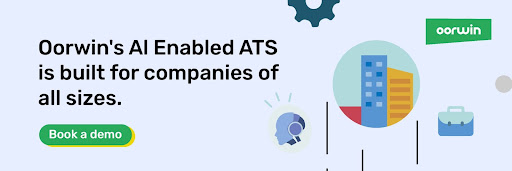
Oorwin’s robust platform is designed to effortlessly incorporate the ideal performance appraisal methods into your HR workflows. Customized to meet your organization’s specific requirements, Oorwin guarantees that your performance evaluations are streamlined and in harmony with your goals and organizational culture. Learn how Oorwin can enhance your approach to performance appraisals.
Frequently Asked Questions
What is the appraisal method in HRM?
The appraisal method in HRM is a process that evaluates employees’ performance based on their job requirements and performance expectations. The appraisal method helps organizations identify employee strengths and weaknesses, set performance goals, and provide feedback to improve employee performance.
What are the four purposes of performance appraisals?
The four purposes of performance appraisals are to improve employee performance, identify training and development needs, provide feedback for career development, and reward high-performing employees.
How often should performance appraisals be conducted?
Performance appraisals should be conducted at least once a year. However, the frequency of performance appraisals can vary depending on the organization’s requirements and the employees’ roles and responsibilities. Some organizations conduct performance appraisals more frequently, such as quarterly or bi-annually, for employees in positions that require frequent feedback and coaching.
